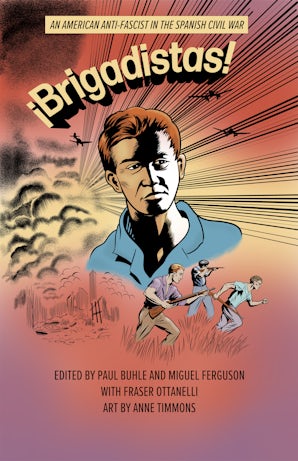Also in this issue
- Crossing the River of Fire: The Liberal Attack on Naomi Klein and 'This Changes Everything'
- Neoliberal Co-optation of Leading Co-op Organizations, and a Socialist Counter-Politics of Cooperation
- Cooperatives On the Path to Socialism?
- What Was Occupy?
- Native Land and African Bodies, the Source of U.S. Capitalism
Books by Paul Buhle
¡Brigadistas!
by Miguel Ferguson and Fraser M. Ottanelli
Illustrated by Anne Timmons
Foreword by Paul Buhle
Taking Care of Business
by Paul Buhle
Insurgent Images
by Mike Alewitz and Paul Buhle
Foreword by Martin Sheen
Article by Paul Buhle
- Hubert Harrison: A Giant Remembered
- The Long Road of Tariq Ali
- Empire and Popular Arts: A Note on Roxanne Dunbar-Ortiz's "Indigenous Peoples' History of the United States"
- Ancient Marxist History
- Palestine, Oh, Palestine!
- The Left and the Class Struggle
- Two Intellectual Giants of the American Left
- E.P. Thompson: A Giant Remembered
- Prashad at Large



